Creating the Constitution: Slavery
When the Founders met in Philadelphia in the summer of 1787 to frame a new form of government, one of the most troublesome questions was what to do about slavery. To understand their dilemma, we must first consider the world view of it at the time and the practical issues associated with its abolition in the United States. When we do this, we will find what our Forefathers decided regarding slavery was remarkable.
In 1787, no nation in the world had outlawed slavery. Not the British Empire, where slavery was not abolished until 1834, nor France which did not abolish slavery until 1848. The first nation to abolish slavery was Haiti in 1804.
By comparison, five American states (Pennsylvania, New Hampshire, Massachusetts, Connecticut, Rhode Island) had already passed legislation to end slavery by the summer of 1787. In other words, almost two decades before any other nation ended slavery, America was already on its way to ending this practice.
Most delegates at the convention did not approve of slavery. In fact, only 25 of the 55 delegates owned slaves and many of those favored abolition. Although George Washington owned slaves, he stated, “I can only say there is not a man living who wishes more sincerely than I do to see a plan for the abolition of slavery”.
The problem was that the southern states would not agree to the proposed Constitution if the abolition of slavery was included in it. This opposition would have essentially ended the convention and the attempt to create the stronger federal government required to maintain our fledgling republic.
We must remember that the primary goal of the convention was to create a form of government strong enough to allow our nation to endure. With that goal in mind, the delegates compromised. Specifically, while the proposed Constitution did not end slavery, it allowed Congress to pass laws outlawing the slave trade after 20 years.
The other issue was how to count the slaves when determining a state’s population and, hence, its representation in Congress. While it seems inconsistent to count slaves as people when they were owned as property, this was the demand of the slave states.
In 1787, slaves represented 25% to 40% of the total population in the five largest slave holding states (Virginia, South Carolina, North Carolina, Georgia, Maryland). These states had a lot to lose regarding representation and, consequently, influence in Congress if slaves were not added to the rolls.
For instance, if slaves were counted in the census, South Carolina’s official head count would have made it the seventh most populous state. However, if slaves were not included, it would have been tenth on the list.
Naturally, states where slavery was less prevalent opposed counting slaves in the official census. Once again, keeping in mind their foremost goal, the delegates reached a compromise. The resulting agreement called for each slave to be counted as three fifths of a person and both sides could claim a victory of sorts.
Remember also that if those delegates favoring abolition had not compromised, they still would not have ended slavery in America. The slave states simply would have either left the Confederation and retained their slaves or the country would have remained united but still operating under the existing Articles of Confederation which did not require abolition.
WHY IT MATTERS
So why does this discussion regarding how America dealt with slavery in 1787 matter to us today? It is important because many people today harshly criticize our Founders for not demanding slavery be abolished in the Constitution. This expectation when viewed through the lens of 1787 is not only unrealistic, it also fails to give our nation the credit it is due for taking the lead in world-wide emancipation efforts.
Decades before any nation on earth outlawed slavery, almost half of the states in our great country had already done so. Ultimately, at the convention, our Founding Fathers chose the best option of those available to them and they deserve credit for that.
SUGGESTED READING
“Uncle Tom’s Cabin”, a novel written in 1852 by Harriett Beecher Stowe, is widely considered one of the most influential books in our nation’s history. An American classic, it brought the abolitionist movement to the forefront of the debate over slavery.
PLACES TO VISIT
The Harriett Tubman Underground Railroad National Historical Park in Church Creek, MD is a great place to visit if you want to learn about the Underground Railroad and the efforts of abolitionists to bring slaves to freedom.
Until next time, may your motto be “Ducit Amor Patriae,” Love of country leads me.


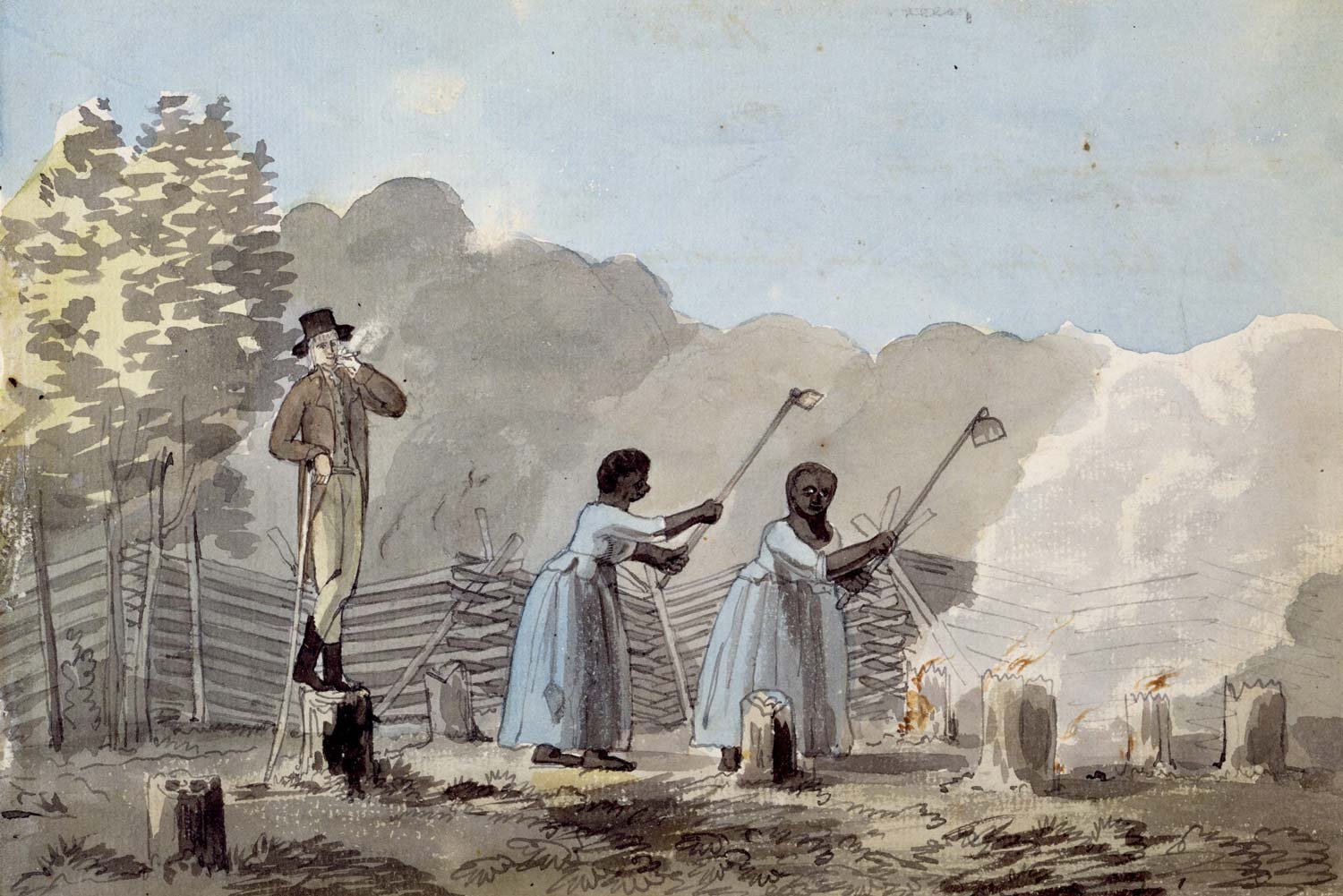
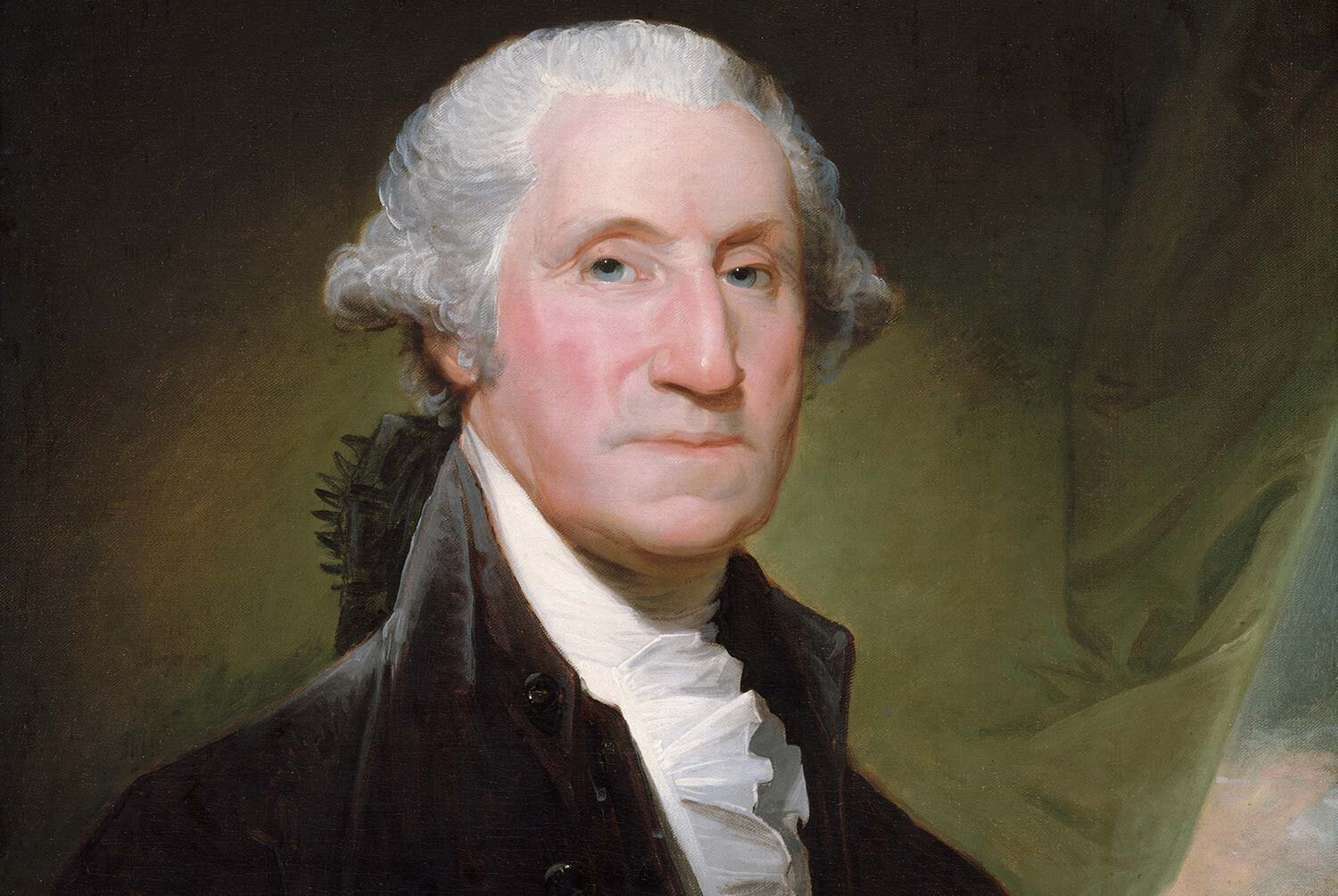

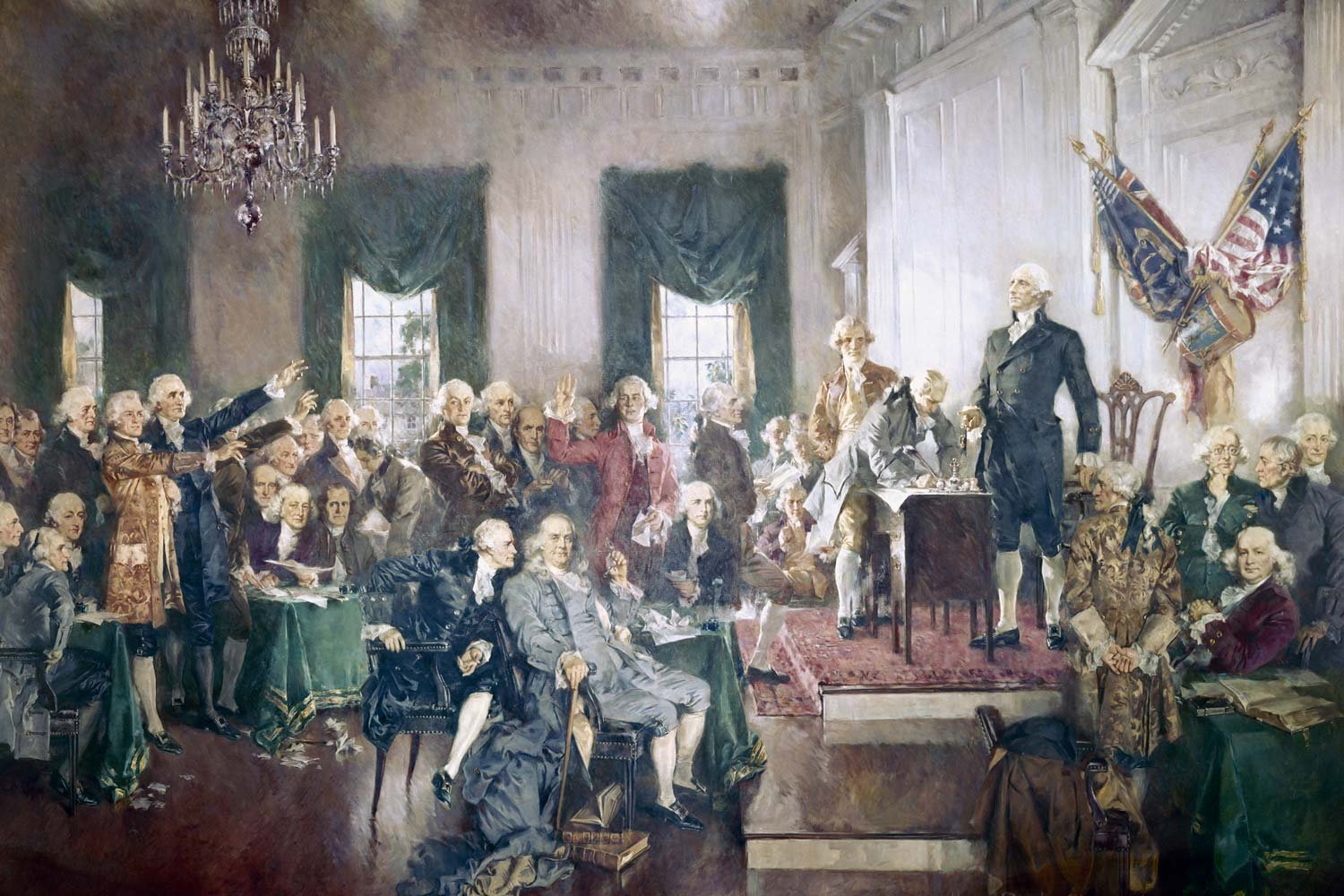
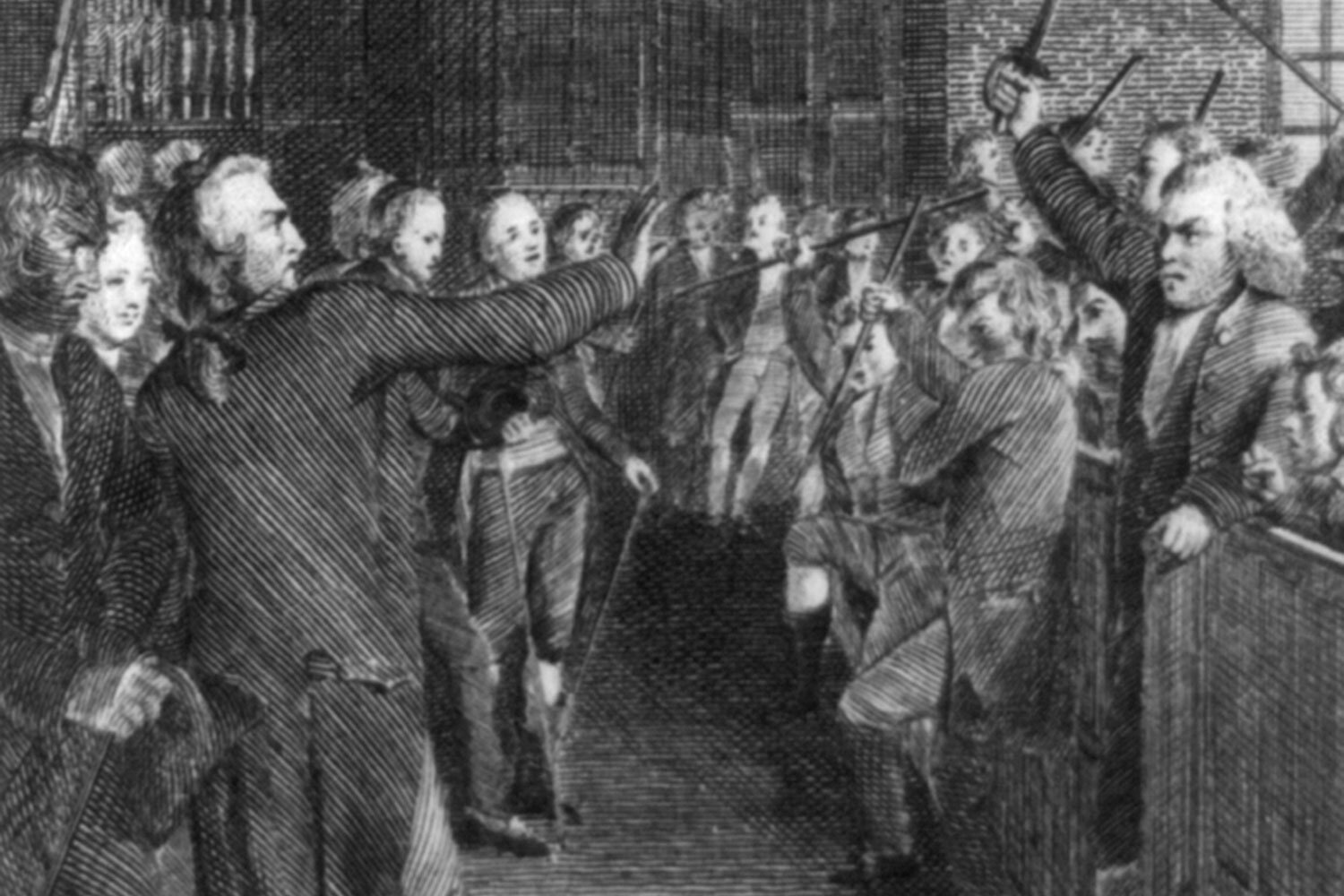



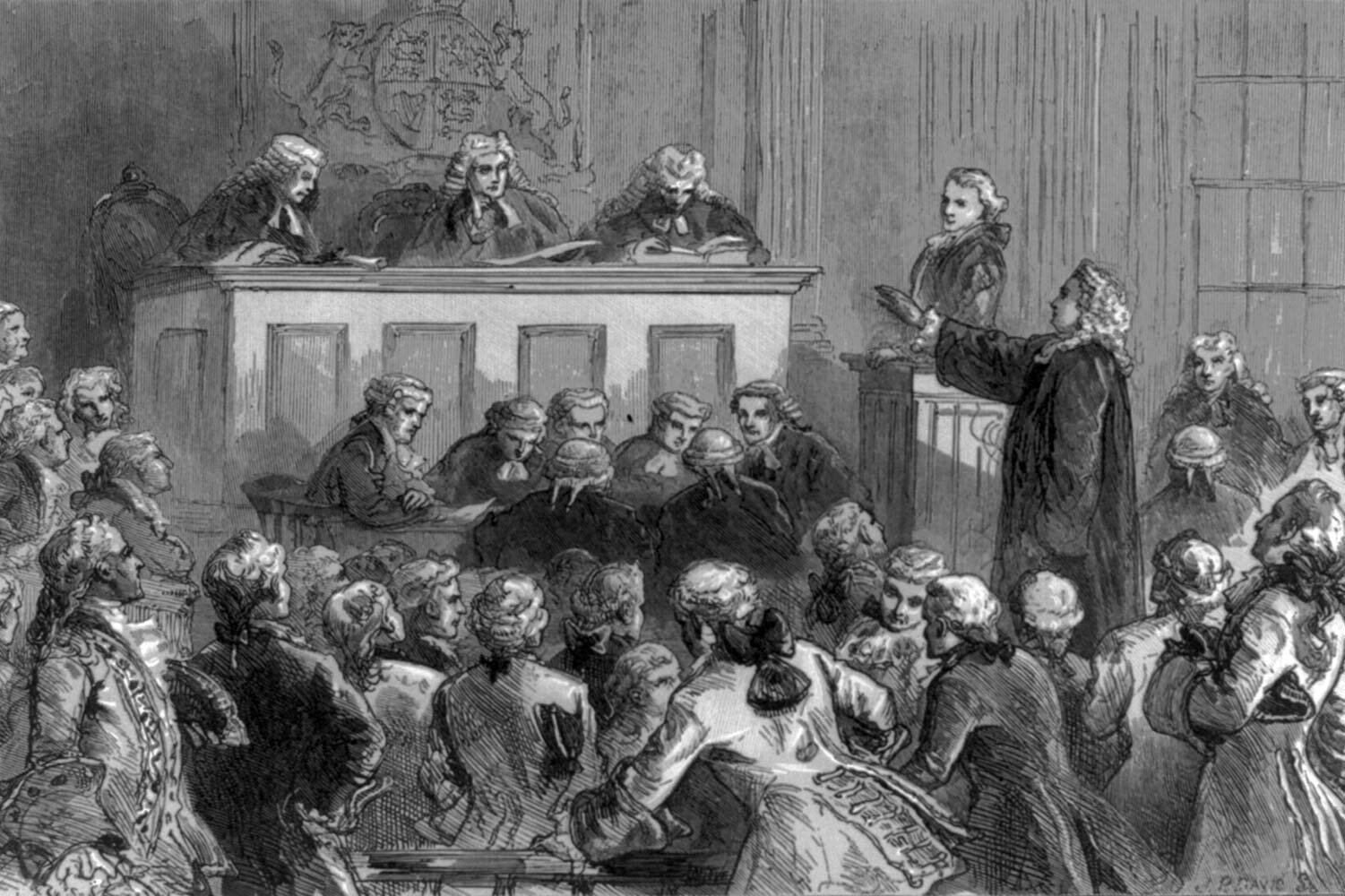
The opening phrase of the preamble, “We the People,” spoke volumes regarding upon whose authority the Constitution rested and suggested the unanimity of country and purpose that this new Constitution would create. It was written by Gouverneur Morris, a delegate from New York, and his eloquent words speak for themselves.